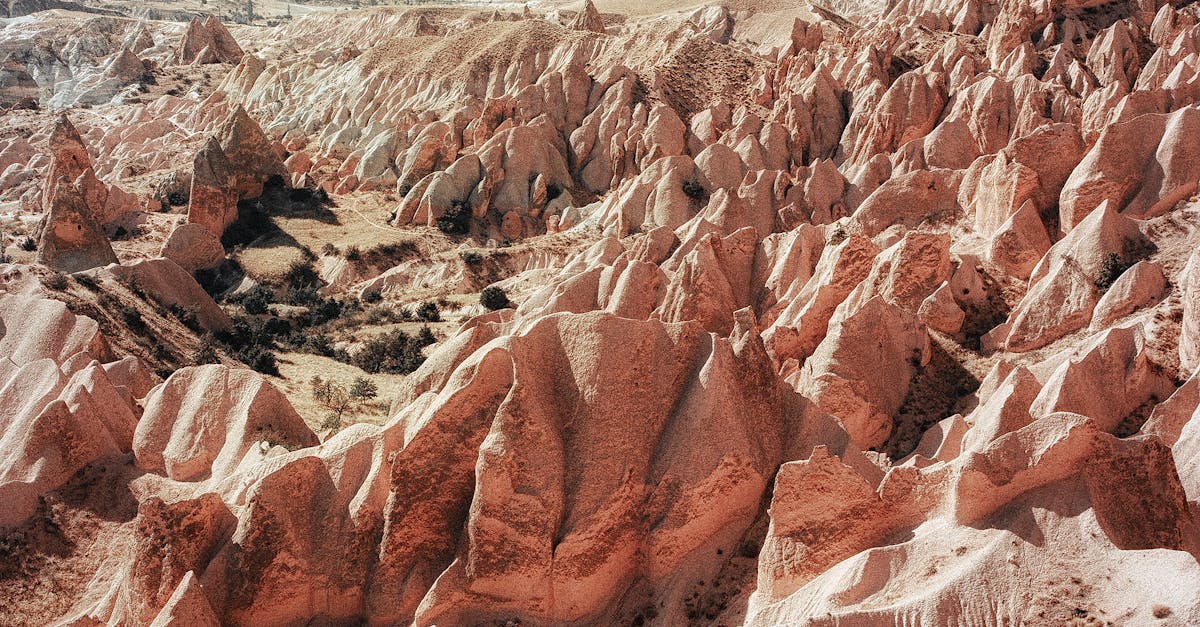
Fairy chimneys are unique geological formations found primarily in the Cappadocia region of Central Anatolia, Türkiye. These striking natural structures are characterized by their tall, thin spires of rock, often topped with a harder capstone, which protects the softer volcanic rock beneath from erosion. The fairy chimneys of Central Anatolia are not only remarkable natural wonders but also significant cultural and historical sites that attract visitors from around the world, offering a glimpse into the region’s geological history and human heritage.
